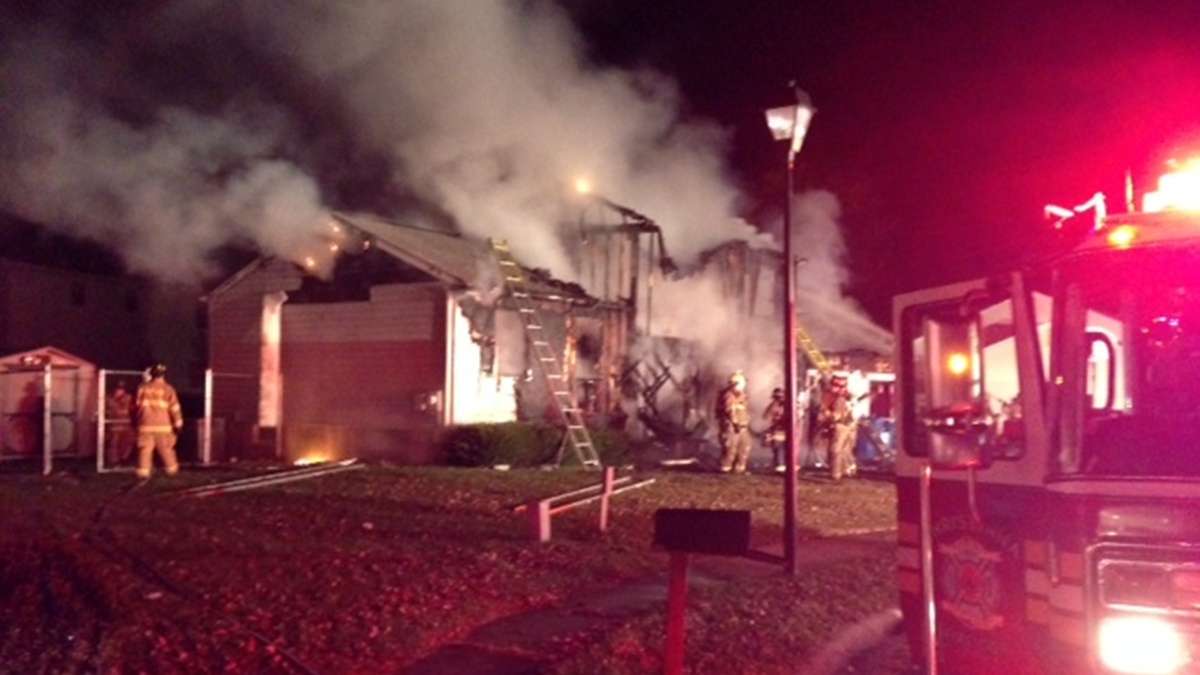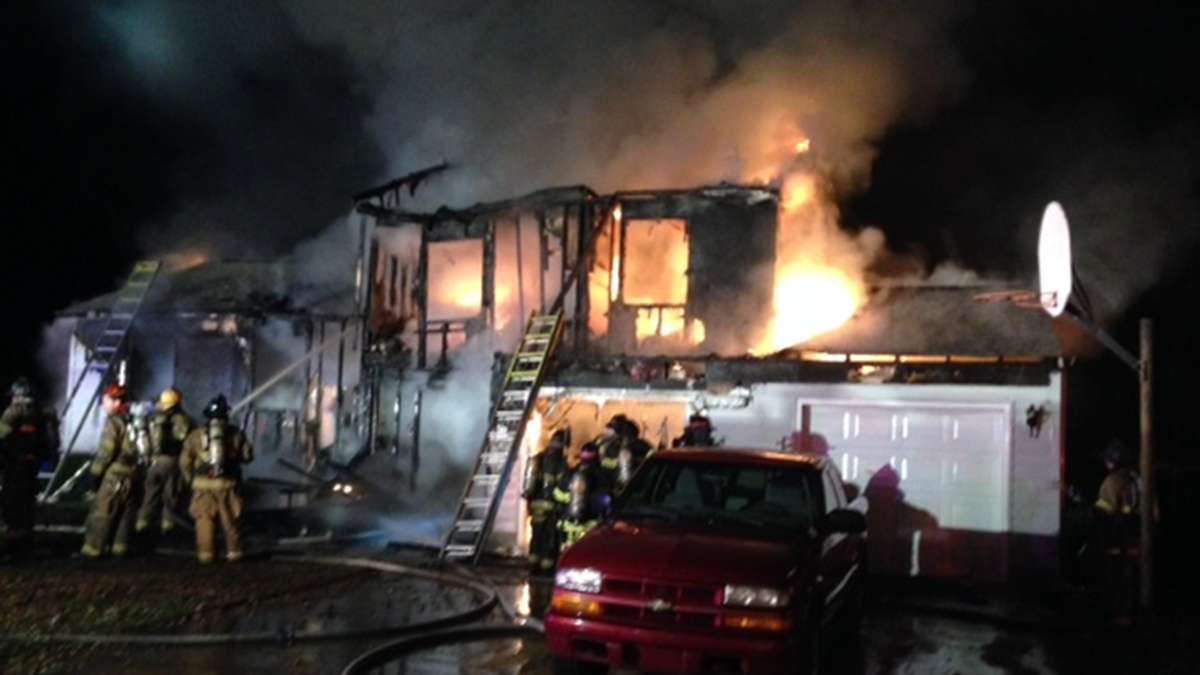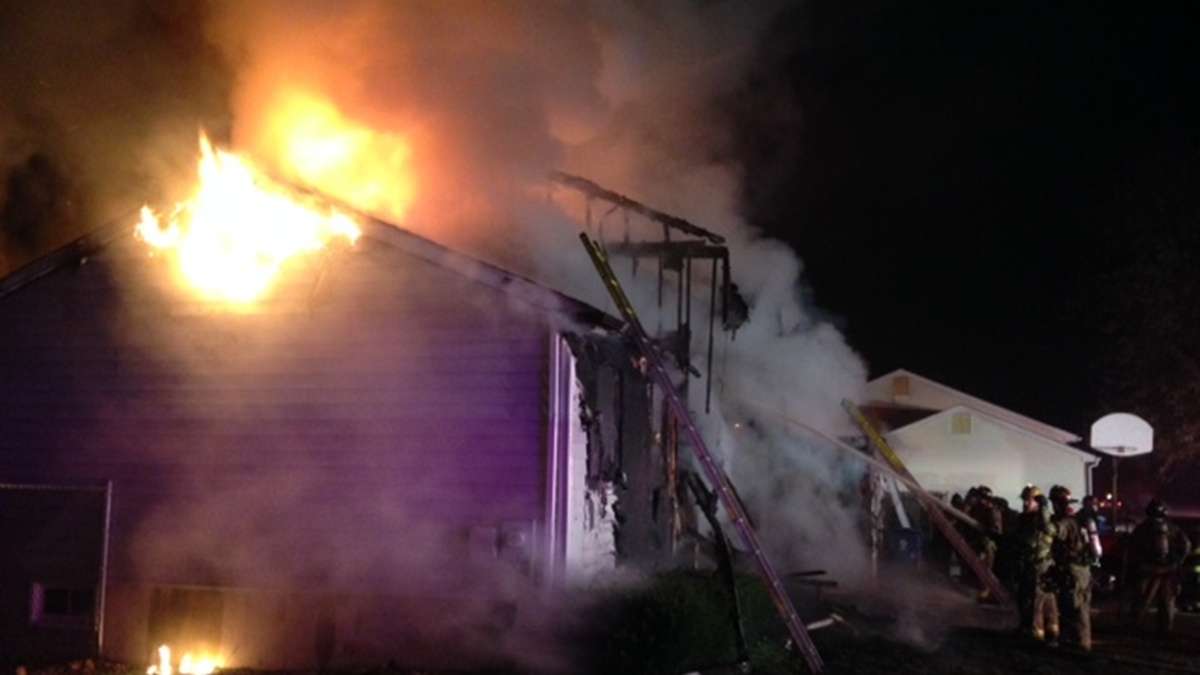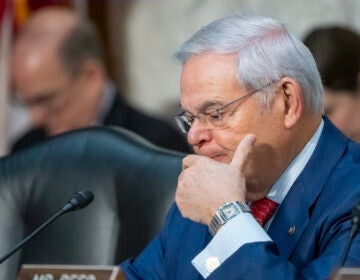Just how pro-choice is Christie’s Department of Education?
New Jersey has one of the most segregated public school systems in the country, primarily because our local school district boundaries closely mimic municipal ones. Thus, 22 percent of Cherry Hill Public School district students are black and Hispanic while, six and a half miles away in Camden, 99 percent of students are black and Hispanic. In leafy Moorestown (Burlington County), 12.4 percent of students are black or Hispanic while nine miles down the road in neighboring Willingboro black and Hispanic students comprise 97 percent of enrollment.
A relatively new program, the Interdistrict Public School Choice Program (IPSCP), elegantly addresses this unconstitutional segregation. However, this past summer the N.J. Department of Education mangled that elegance with a series of graceless pratfalls.
For many years political leaders have expressed dismay at the Berlinesque walls between N.J. school districts. While charter schools offer some small measure of relief from district boundary restrictions, most kids who live in Camden and Willingboro are stuck, respectively, in Camden and Willingboro public schools.
As N.J. Chief Justice Deborah Poritz noted resignedly in 2004, “we have paid lip service to the idea of diversity in our schools, but in the real world we have not succeeded.”
The Interdistrict Public School Choice Program is a small but meaningful success story. First a tiny pilot program in 2000 — 900 kids in 16 districts — in 2010 the state Legislature passed the Interdistrict Public School Choice Act. Strict administrative law governs implementation and, three years later there are more than 5,000 kids enrolled in 137 participating districts.
The cost is largely borne by the state budget, which allots $10,000 per student to cover costs at Choice schools. Home districts provide transportation.
Certainly there’s some carping but the program elicits mostly praise. The Interdistrict Public School Choice Association reports, for example, that Choice districts have used the additional aid to improve facilities, provide full-day kindergarten, fund new technology, and create diversity in homogeneous schools.
In one recent study, the association cites Camden County’s Sterling High School which accepts 76 Choice students, including those from Camden, into its Allied Health and Health Sciences program, Early Childhood Education program, and Naval JROTC. The Association also notes that many children apply to Choice schools not only to increase access to better schools but also to escape bullying and harassment.
So what happened this summer? Blame it N.J.’s hunger for school options.
Kids and parents want in. So do districts: this past summer, more than 40 schools applied for approval. And, as everyone knows, the state budget is tight.
So the state’s Department of Education started missing deadlines and multiple queries to officials were unanswered. While administrative code requires “the commissioner [to] notify a choice district of the approval or disapproval of its application no later than July 30,” that date came and went. DOE technical assistance sessions were postponed. Most importantly, parents couldn’t make plans for their kids.
Finally word came. Said DOE spokesman Mike Yaple, “The School Choice program has been phenomenally successful, both with parents and with local school officials. Of course, with that success comes the obligation to manage the growth responsibly.”
Translation: given the unforeseen appetite for choice, the state can’t afford the $10,000 per kid that it’s supposed to pay. Therefore,the state will arbitrarily restrict growth of enrollment in Choice districts to 5 percent this school year.
There’s nothing in administrative code that gives the DOE the right to limit enrollment in such a manner. The code explicitly states that
“The school board of a sending district may adopt a resolution to restrict enrollment of its students in a choice district to a maximum of 10 percent of the number of students per grade level per year limited by any resolution adopted pursuant to this paragraph and 15 percent of the total number of students enrolled in the sending district.”
So the DOE is out of compliance with code and students and families are out of luck.
Ironically, this summer also saw the release of two reports. One, from the Institute on Law and Policy at Rutgers-Newark, is called “New Jersey’s Apartheid and Intensely Segregated Urban Schools: Powerful Evidence of an Inefficient and Unconstitutional State Education System.” The other, from UCLA’s Civil Rights Project, is called “A Status Quo of Segregation: Racial and Economic Imbalance in New Jersey Schools, 1989-2010.”
Sure, the state budget is tight. But surely there’s room for one small program that, to quote Chief Justice Poritz, “pays more than lip service to the idea of diversity in our schools.”
_____________________________________________________________________
Laura Waters is president of the Lawrence Township School Board in Mercer County. She also writes about New Jersey’s public education on her blog NJ Left Behind. Follow her on Twitter @NJLeftbehind.
WHYY is your source for fact-based, in-depth journalism and information. As a nonprofit organization, we rely on financial support from readers like you. Please give today.










